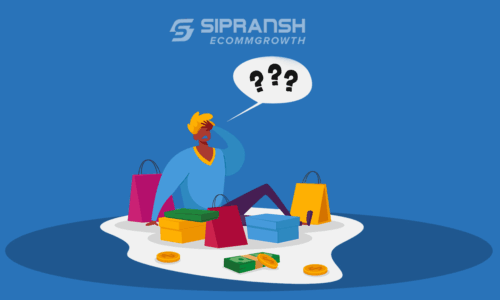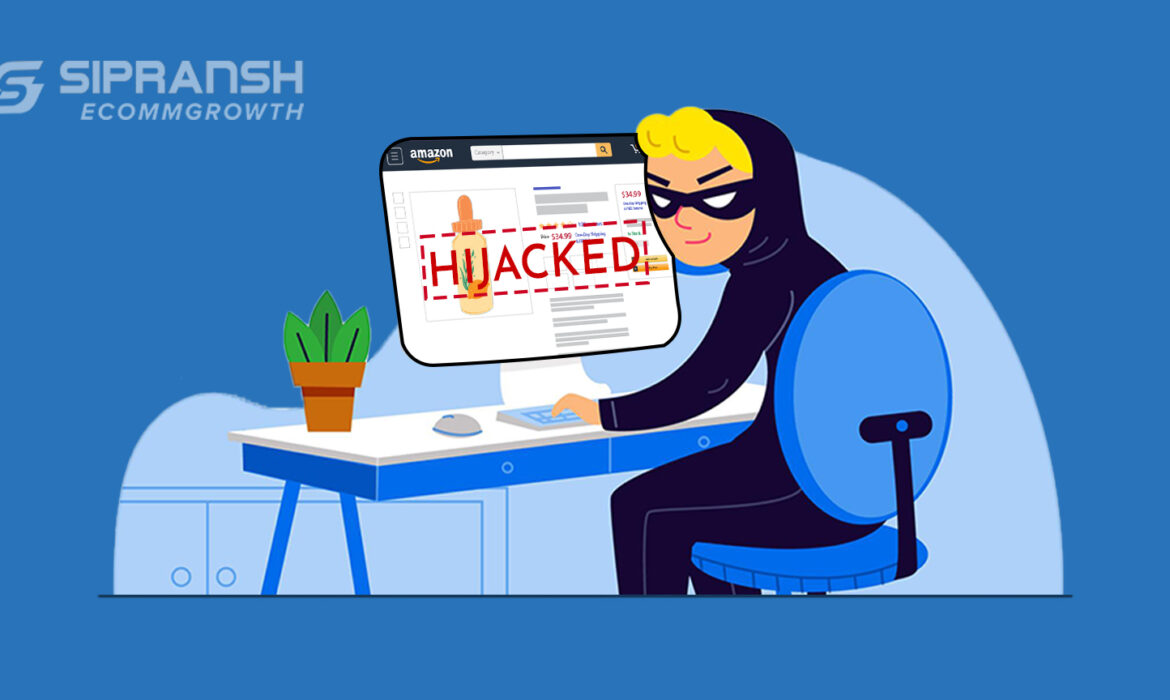
With more than 200 million Prime subscribers, Amazon is a great place to expand your business. However, there are risks associated with the platform, such as Amazon listing hijacking. There are a few ways that listing hijackers can gain control of a listing. One common method is to create a new seller account and list the same product, then modify the listing details to match the original listing. Another method is to use fraudulent or stolen credentials to gain access to the original seller’s account and make changes to the listing.
Amazon Listing hijacking can be detrimental to legitimate sellers, as it can result in lost sales, negative reviews, and damage to their brand reputation. Amazon takes listing hijacking seriously and has policies and tools in place to help sellers prevent and address hijacking incidents.
To protect against listing hijacking, sellers can take several measures, such as regularly monitoring their listings, using Amazon’s Brand Registry program, and implementing strong security measures for their accounts. In addition, sellers can report suspected listing hijacking incidents to Amazon’s seller support team for investigation and resolution.
A third-party seller “hijacks” your product listing on Amazon when they provide a knockoff of it, usually at a lower cost and of worse quality. Customers then buy this copycat product, and when it doesn’t work, they retaliate by leaving a bad review on your listing. What can you do, then?
In this article, we will learn all about Amazon hijacking, its counterfeits, and countermeasures. So, read on to discover more.
What Is Amazon Listing Hijacking?
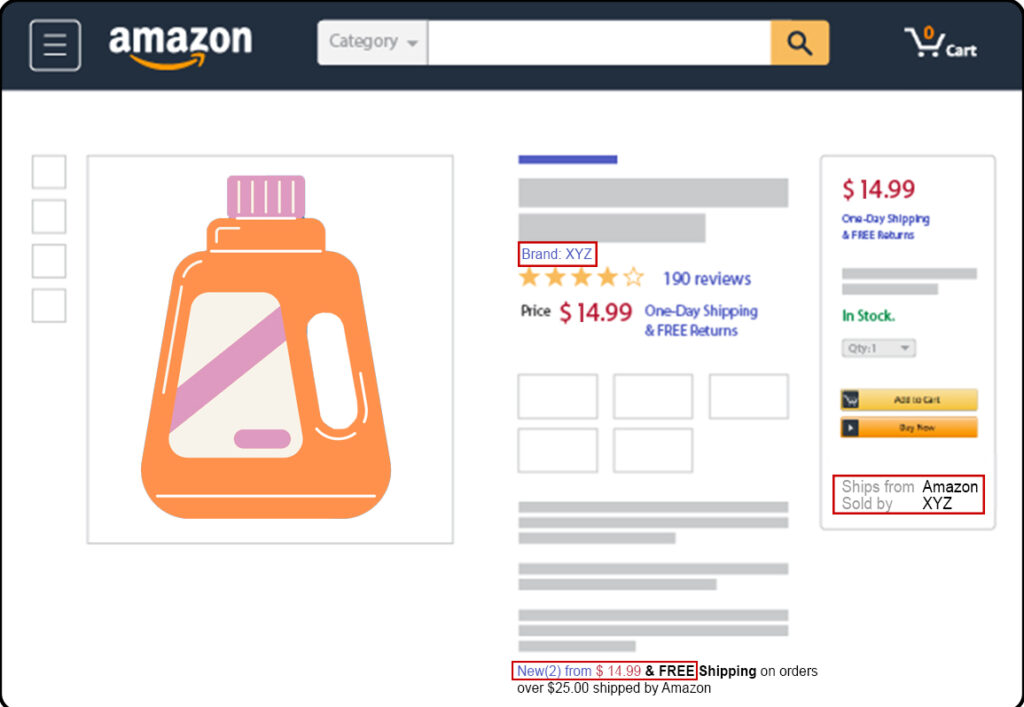
Amazon listing hijacking refers to the unauthorized takeover of an Amazon seller’s product listing by a third party. Essentially, the hijacker replaces the original seller’s product information with their own, often intending to sell a counterfeit or inferior product, or even just redirect sales to their product.
In other words, When another seller indicates that they are offering the same product as you on Amazon, this is known as a listing hijacking. Buyers might discover there are numerous sellers because the seller has added their product to your listing. The other seller is selling a subpar imitation of your product for less money. This implies that the seller may price competitively and steal part of your sales.
How Are Amazon Hijackers Different From Amazon Resellers?
If you do discover that other sellers are listing your products on Amazon, it might not be a problem right away. If these goods are being sold through resellers, they might be entirely legal. Amazon Resellers are entirely legal and allowed as long as they make it clear that the goods are used. The key distinction between resellers and hijack listings on Amazon is that the former feature your genuine goods while the latter do so using inexpensive knockoffs. While products that are resold uphold the quality of your brand, counterfeits are cheap imitations that might compromise the integrity of your brand. You can look at how products are listed to see whether they are being offered by a reseller or a hijacker. Resellers are prohibited from receiving the product’s buy box because they are required to report that the item is used. A listing has been hijacked if a product being sold by an unauthorized vendor is listed as new or has the buy box.
How Do I Know If An Amazon Seller Hijacked My Listing?
The following indications are how you can identify an Amazon seller who has taken over your listing:
- Someone who isn’t affiliated with your company or an authorized reseller starts selling on your listing.
- The Buy Box for your product’s listing has been taken by someone.
- Customers start leaving unfavorable or unusual feedback on your listing.
Every company is susceptible to Amazon hijackers, but certain things can make you more in danger, like:
- Inventory running low
- Limiting the use of branding on goods and their packaging
- Monitoring product listings once a month or more as opposed to less frequently
- Using deeply discounted offers to promote products
- Not participating in the Amazon Brand Registry program
An Amazon seller that takes over your listing will typically promote your goods at a cheaper price. They might offer your product for $50 instead of $100, for instance. When comparing prices, you can frequently tell an Amazon reseller from an Amazon hijacker.
Hijacking Example:
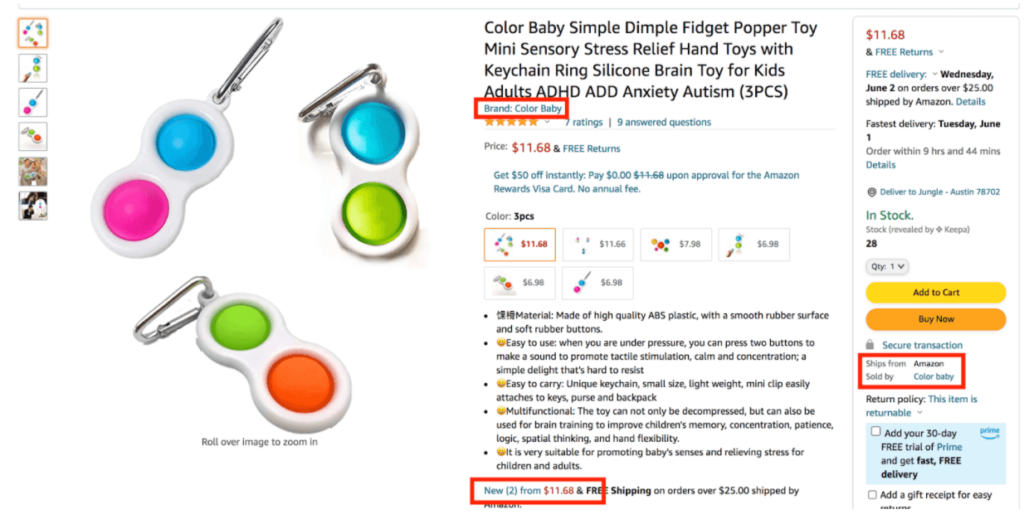
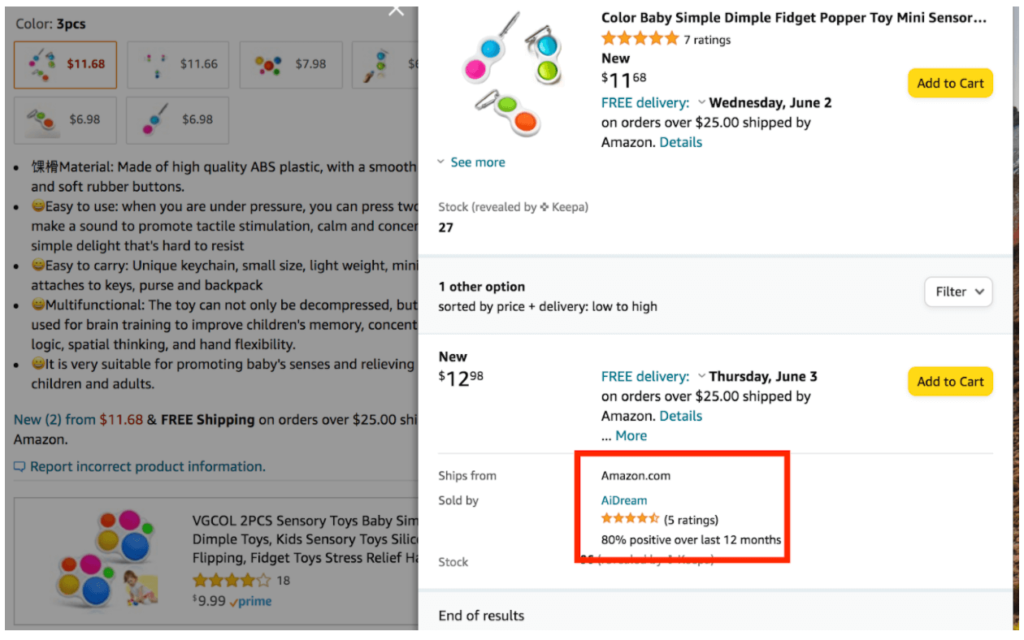
How To Report An Amazon Listing Hijacking?
You must have a trademark whether you utilize an Amazon hijacking monitoring service or conduct it yourself. When you discover someone has taken over one of your Amazon listings, you can report it so Amazon will take down the fake item. Make sure you have all of your trademark documentation available to support your arguments. For you to be protected, the trademark must be registered in the nation where the hijacker is.
To report the event, you could utilize Amazon’s Report Infringement form. Enter as much information as possible for Amazon to use to stop the hijacking by logging into your account and filling out all the fields.
Use the images and notes you gathered in step one to complete and send an Amazon report infringement form if the hijacker disregards your cease and desist letter. Make a case for how their fake goods are causing a bad consumer experience. Amazon will look into it, and typically that is sufficient to get the hijacker taken off your listing. Once you have completed and submitted the report on an Amazon hijacker, Amazon typically responds within 1-3 working days. You can submit another report if Amazon does not remove the hijacked listing. To improve your chances of removing the hijacker from the Amazon listing, you might need to attach screenshots or provide more details.
There is a different option to report the seller to Amazon by their policy on fake products. Ask a friend to purchase the fake item so you may complain to Amazon from A to Z.
The exact steps are listed below.
- Ask a friend who is not a family member to buy the item.
- Wait until the package has been delivered before using it.
- Have your friend “Report a Problem” on Amazon by telling the seller that the product is fraudulent. Select the “not being materially the same” option for the product.
- Wait a day, then send the counterfeit merchant an A to Z request.
- Make sure your claim includes the words “fake,” “not authentic,” or “counterfeit.”
- If all goes as planned, Amazon will remove its listing in a few days.
The Consequences of Being Hijacked On Amazon
At an initial glance, hijacking an Amazon listing might not seem like a big deal. But if you ignore the problem, it might have a detrimental impact on your company. As soon as you become aware of an Amazon hijacking, be sure to take action. You’ll be able to prevent the following effects by doing so.
1. Negative Reviews

Any company will probably encounter a few unfavorable evaluations at some point. Negative evaluations, however, shouldn’t be for the item you offer rather than a knockoff. If a hijacker generates sales and the clients choose to provide reviews, they will appear on your product page. Negative reviews could prevent you from generating revenue. Negative reviews could also be more concerned with the product’s quality than with factors beyond your control, like shipping. Even if customers are willing to pay extra for the genuine article, they can decide not to purchase from you as the reviews mount.
2. No Buy Box
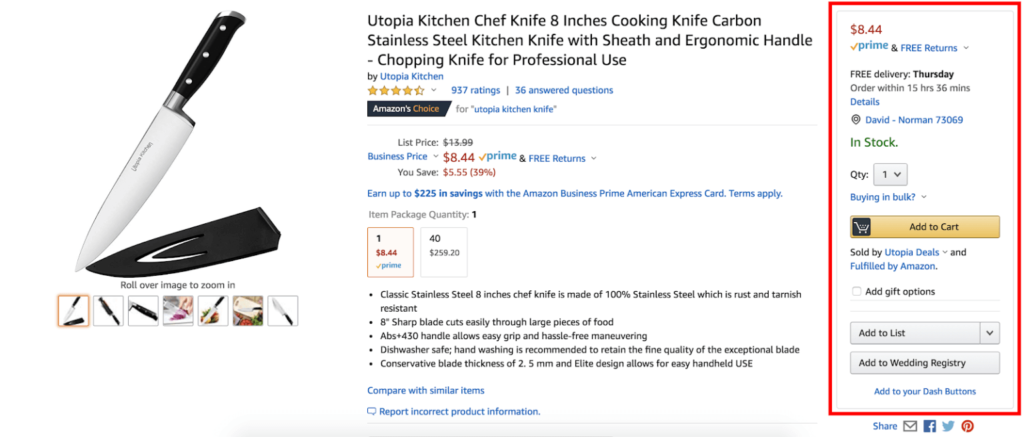
You can stop seeing the “Buy Now” button as a result of an Amazon listing hijacking. The hijacker is typically the seller with the lowest price, so pressing that button will take you there. They may charge less because the product they are offering is fake. Your clients will select the least expensive choice if they need to purchase right away. That may harm your reputation and lose you a lot in revenue. Customers might not be aware that the buy button is for the main listing and not for your goods, which could damage your future sales.
3. Reduced Profits
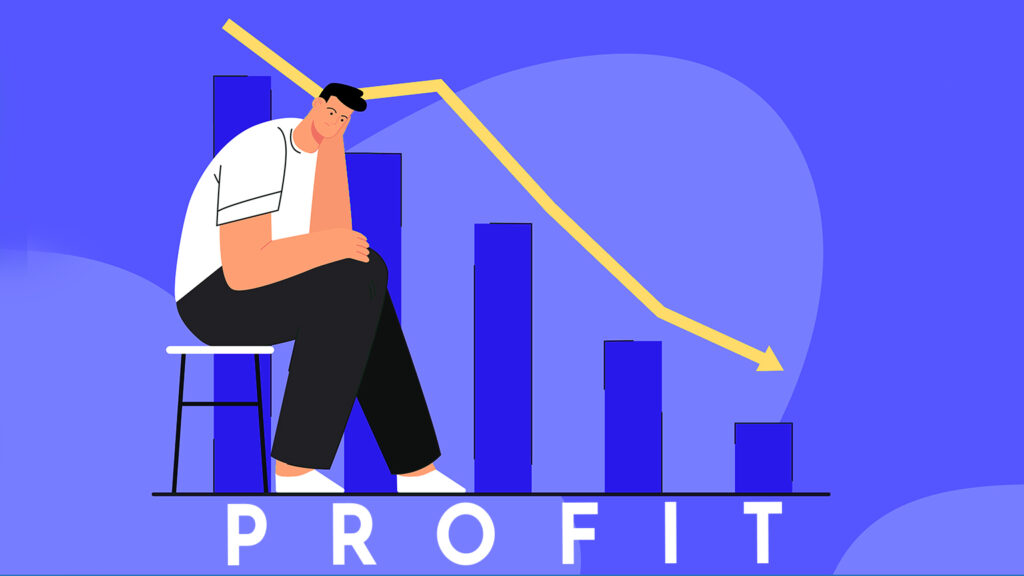
You can anticipate losing money when someone takes control of any aspect of your Amazon store. When you do make a sale, you’ll still have to put in the effort to sell the item and ship it. But instead of performing the work to list the item, the hijacker can grab some or all of your sales. Even a single hijacking of one of your postings can have an impact on your company’s overall capacity to turn a profit. Your capacity to market your company and increase sales will decline as your profits do. Then, you might have to take out a loan to pay for your advertising costs or to pay yourself and your staff. If you don’t take action to halt the hijacking, that cycle can continue.
4. Decreased Metrics

Other metrics can decline, which could result in the closure of your Amazon seller account. If you receive a lot of negative feedback, you cannot get as many impressions or clicks on your listings. If you offer a comparable product to another vendor, their listing can appear first. Amazon may discontinue displaying your listings on the first page of search results as the negative reviews mount. Of course, at some point in the future, your firm will undoubtedly go through a slow period. However, if the metrics suddenly and noticeably decline, you can be the victim of an Amazon listing takeover.
5. Poor Brand Reputation

Of course, at some point in the future, your firm will undoubtedly go through a slow period. However, if the metrics suddenly and noticeably decline, you can be the victim of an Amazon listing takeover.
6. Greater Competition
Customers looking for a bargain will find them if there are listings for identical products on Amazon at a lower price. This means that to succeed in business, you will have to outsell competitors that have hijacked Amazon listings to sell your goods at a discount. Given the inferior materials they employ, you will not be able to match their low prices, and you will lose your competitive advantage.
How to Prevent Getting Your Account Hijacked
Thankfully, you don’t have to leave your listings idle while you watch for a hijacker. You can take a few precautions to safeguard yourself whether you’re trying to list a new item or update your existing listings or products. After that, it might be more difficult for someone to take over your listings or it might be simpler for you to spot an attack. Take into account the following suggestions to protect your listings from hijackers.
1. Monitor Your Listings
Implementing an Amazon hijacking monitoring system is the most effective technique to stop attacks. One method is to manually examine your listings to see if any other sellers have appeared. However, if you sell a lot of products, that could take a while. Instead, think about hiring a monitoring service that will notify you when an Amazon takeover occurs. You’ll be aware to report the listing to Amazon when you get an alert. Additionally, you won’t need to be concerned about another seller snatching your customers and profits.
2. Make Your Branding Clear
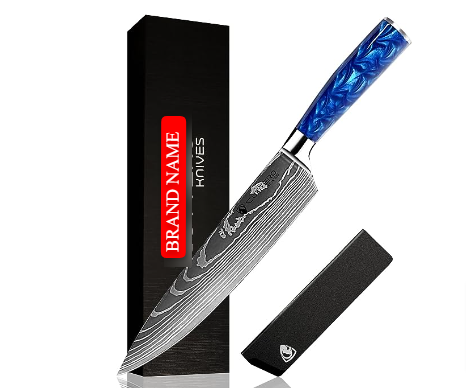
If any of your listings have been targeted by hijackers, it might be time to evaluate your branding. Ensure that your branding is visible in all of your product images, on the actual product, and on the packaging. Customers will be able to identify a fake product more easily if the branding is more distinct and apparent. The hijacker will have to work harder to attempt to mimic those components if your products have obvious branding. You might even wish to include a message about your branding in the product description. This can discourage potential hijackers and alert buyers to watch out for anything specific when they receive the product.
3. Join The Amazon Brand Registry
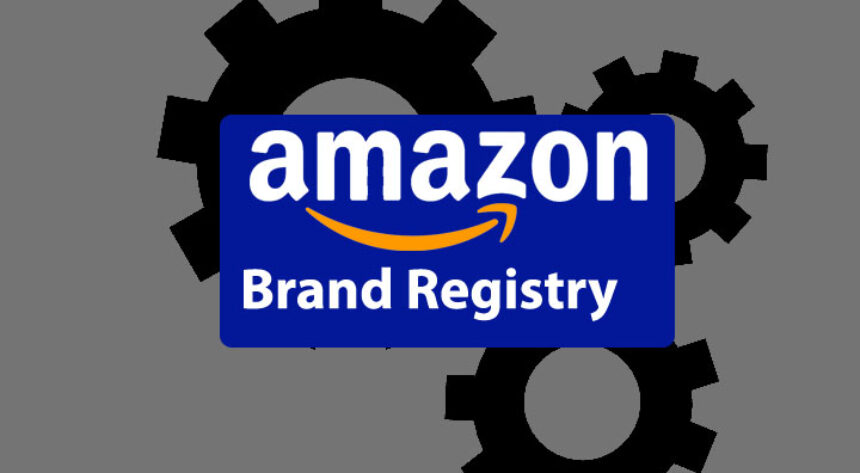
If any of your listings have been targeted by hijackers, it might be time to evaluate your branding. Ensure that your branding is visible in all of your product images, on the actual product, and on the packaging. Customers will be able to identify a fake product more easily if the branding is more distinct and apparent. The hijacker will have to work harder to attempt to mimic those components if your products have obvious branding. You might even wish to include a message about your branding in the product description. This can discourage potential hijackers and alert buyers to watch out for anything specific when they receive the product.
If you have a registered text- or image-based trademark from one of the following, you may apply:
The United States
Brazil
Canada
Mexico
Australia India
Japan France
Germany
Italy
Turkey
Singapore
Spain
Netherlands
Arab States
British Empire
Sweden
Union of Europe
Emirate of the Arabs
Your application, which you can begin by logging into your Amazon Seller or Vendor account, must contain the following:
- Your brand name
- The registration number for your trademark
- Your index of pertinent product groups
4. Acquire A Trademark
You need to have a trademark for your company and products to register with the Amazon Brand Registry. If you don’t already have a trademark, you should do so. Even if you don’t intend to register with the registration, owning a trademark will make reporting phony entries much simpler. Your chances of convincing Amazon to support you and remove the hijacker from your products will increase. You can now use the product name to register a trademark. To increase your trademark’s protection on Amazon, however, trademark registration can be helpful.
5. Offer Bundles
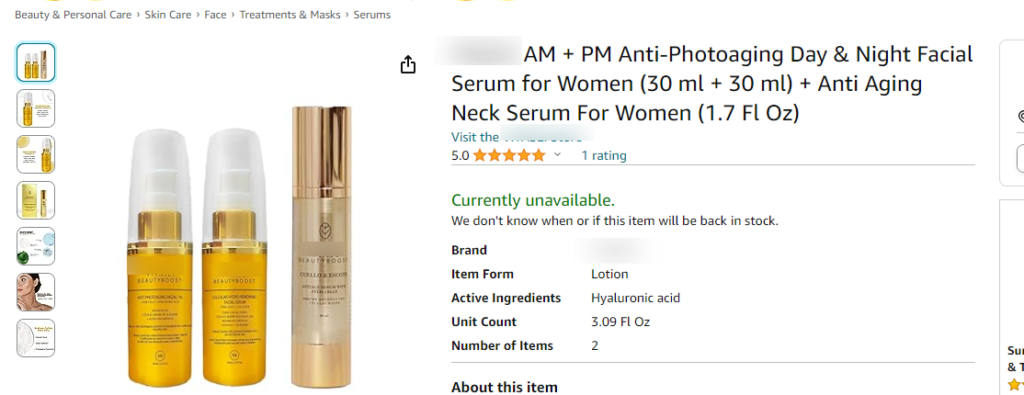
You could wish to switch to selling bundles rather than individual products if it makes sense. Selling bundles makes it far more challenging for hijackers to duplicate your listings identically. All of the items in the bundle that you include must be owned by the hijacker. They won’t be able to sell using your current listing if they don’t. Consider complementary products that are similar to one other, such as a camera and a tripod. Then you can choose which of your products to group to lessen the likelihood that hijackers will opt to sell on your listings.
6. Create A Website

You should think about selling on your website even if you might not want to shut down your Amazon business. You won’t have to worry about website hijackers in addition to helping you attract more clients. Additionally, customers will be aware of what to expect if they first purchase from you on your website before doing so on Amazon. They might be aware to return the item and purchase from you if they unintentionally purchase from a hijacker. Of course, creating and maintaining a website requires a lot of labor. However, if hijackers are a recurring issue for you, setting up a website as a backup in case your Amazon business is compromised may be helpful.
7. Get Amazon Hijacker Alerts
While all of the strategies listed below work, keeping an eye on your product listings every day is the most effective approach to fend off Amazon hijackers. One choice is to manually enter and search for other sellers. However, if you sell a lot of goods, this strategy won’t last very long. It will soon fall farther and farther down your list of priorities. Likely, you won’t remember it at all until something happens, by which time it might already be too late.
Proactive behavior will keep you out of danger. Because of this, a lot of sellers prefer to delegate this work to outside services that notify you when the number of sellers on your listing changes.
Common Misconceptions About Amazon Listing Hijacking
Hijacking an Amazon listing can have a significant negative effect on your Amazon store. You might have some misconceptions regarding it, whether or not you’ve experienced many attacks. Think about some hijacking misconceptions and how your store can be impacted if you believe them. Once you know the facts, you may decide how to defend your company and yourself.
1. Only Extremely Well-Liked Products Experience It
One common misunderstanding about Amazon listing hijacking is that it only occurs with the most well-liked products. Hijackers can and do target popular listings, and doing so can be a lucrative strategy for them. However, nothing prevents a hijacker from also hijacking a listing if they have a copy of less well-liked goods. A product is exposed to attacks from vendors of fake goods if it is available on Amazon. The two factors of price and popularity are irrelevant.
2. You Won’t Experience It
Another prevalent fallacy is the idea that hijackers are avoidable. By optimizing your lists, you might be able to lower your risk of hijacking, but it can still happen to anyone.
Any Amazon merchant might become the target of a hijacking attempt. Of course, your risk increases with the number of listings you have. But this does not imply that hijackers will only target someone with a large shop. It’s possible that hijackers like selling specific goods. However, you could come across counterfeit copies of everything, including electronics and musical instruments.
3. Attacks Can Be Tracked Manually
The idea that you can track attacks on your own is not entirely untrue. If you only have a small number of postings, you might be able to manually check them for fraudulent activity.
However, it will consume a lot of your time once you have more listings. If you want to reduce hijackers, you should use Bindwise for hijacker monitoring or employ an Amazon hijacking monitoring service so that you may concentrate on other responsibilities. You most likely don’t have somebody who can devote their time to checking your postings unless you have a large team. You can feel at ease while working for your company if you use a monitoring service.
Other Things That Can Cause Your Product’s Reviews to Drop
Unfortunately, other factors besides Amazon hijackers might influence the reviews of your products. Like hijackers, some other things might be out of your control, but there are still certain things that you might be able to influence. You should be aware of the factors that influence reviews if you want to keep your average rating for your products high. When that happens, you’ll be able to avoid receiving a lot of negative feedback on anything you send out.
Here are a few causes of a decrease in reviews and solutions to them.
1. Quality Reduced
A similar decline in product quality is among the most frequent causes of a decline in reviews. Your new products might not be as good if you switch manufacturers or utilize a different drop shipping company. Investigate different manufacturers and fulfillment companies to solve this problem. Before you sign any contracts or terms and conditions, be sure to read them over. This will ensure that the products in your Amazon store remain to be of the best possible quality. And you can continue to receive more favorable evaluations than unfavorable ones.
2. Increasing Shipping Times
If it starts to take longer for your products to ship and reach customers, that could also result in a decrease in reviews. Even though the shipping delay is beyond your control, clients nevertheless leave negative reviews. Use a service like FBA if you want to shorten ship timeframes. In this manner, Amazon might be the sole business in charge of shipping management and packaging. If you have inventory, you could also decide to send the packages yourself. You might choose to pay more on shipping to speed up the procedure if there is room in your profit margin.
How SIPRANSHECOMMGROWTH Can Help You Here?
Monitoring & Detection: Our Amazon e-commerce agency can set up monitoring systems to detect any hijacking attempts on your Amazon listings. These systems can track changes to the listing’s title, description, images, and pricing. If any suspicious activity is detected, we immediately take action to prevent the hijacker from taking over your listing.
Reporting & Takedown: When a hijacking attempt is detected, our team of Amazon experts report it to Amazon and requests a takedown of the hijacker’s listing. We also provide evidence to Amazon to prove that the original seller is the rightful owner of the listing.
Brand Protection: Our Amazon seller agency can help you establish and protect your brand on Amazon. This includes registering their trademark, creating a brand store, and building a brand reputation through reviews and ratings.
Legal Assistance: In cases where the hijacking is particularly egregious, our Amazon seller experts can provide you with legal assistance. This may include sending cease and desist letters, filing complaints with the appropriate authorities, and pursuing legal action against the hijacker.



